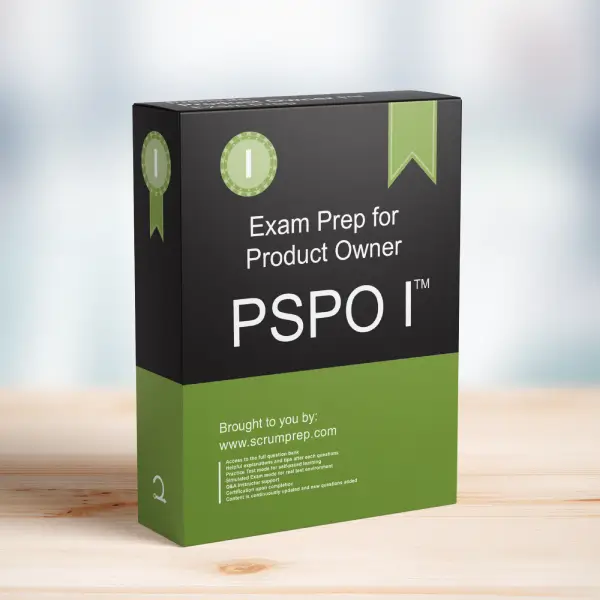Leveraging Time-boxed Sprints for Feedback
Time-boxed Sprints are a core component of the Scrum framework, enabling the Product Owner to obtain feedback from users and the market through frequent delivery of Increments.
Exam Question
How can a Product Owner use time-boxed Sprints to obtain feedback from users and the market?
- A. Through frequent delivery of Increments of the product into the market.
- B. By making sure a Sprint does not stop until all testing is done, and the work is verified by the Product Owner.
- C. At the end of each Sprint, a detailed report with all test cases and test results is available.
- D. Through the assurance that the Developers finish all work on the Sprint Backlog.
- E. A business analyst represents the Product Owner to make decisions on his behalf during the Sprint. This way the Product Owner can accept the work at the Sprint Review without further involvement.
Correct Answer
A. Through frequent delivery of Increments of the product into the market.
Explanation
Why A is Correct
- Frequent Delivery:
- By delivering Increments of the product at the end of each Sprint, the Product Owner can release these Increments to users and gather valuable feedback. This feedback helps in validating assumptions, understanding user needs, and making informed decisions about the product’s future direction. Time-boxed Sprints ensure a regular cadence of delivery, making it possible to adjust the product based on real-world input.
Why B, C, D, and E are Incorrect
- B. Ensuring all testing and verification by the Product Owner before the Sprint ends: This option does not align with the iterative nature of Scrum, where feedback is sought regularly through delivered Increments.
- C. Detailed report availability: While reports can provide insights, they do not replace direct user feedback obtained from using the product.
- D. Assurance that Developers finish all work: Completing work on the Sprint Backlog is essential, but it does not specifically address obtaining user feedback.
- E. Business analyst representing the Product Owner: This approach distances the Product Owner from the actual feedback loop, which is contrary to the role’s responsibility to maximize product value by directly interacting with stakeholders and users.
Responsibilities in Scrum
- Product Owner: Responsible for maximizing the value of the product by ensuring that Increments are delivered frequently and user feedback is incorporated into future work.
- Scrum Master: Facilitates Scrum events and supports the Product Owner and Developers in maintaining Scrum practices.
- Developers: Create potentially releasable Increments every Sprint, ensuring that the product evolves based on user feedback and market needs.
Relevance to the PSPO I Exam
Understanding the importance of time-boxed Sprints and how they enable the Product Owner to gather user feedback is crucial for the PSPO I exam. This knowledge emphasizes the iterative nature of Scrum and the role of frequent delivery in product development.
Key Takeaways
- Iterative Delivery: Time-boxed Sprints ensure regular delivery of product Increments, facilitating frequent feedback from users.
- User Feedback: Regular feedback helps validate assumptions and guides the product’s evolution based on real-world input.
- Product Owner’s Role: The Product Owner plays a pivotal role in gathering and incorporating feedback to maximize product value.
Conclusion
Time-boxed Sprints are instrumental in Scrum for delivering product Increments regularly, allowing the Product Owner to gather feedback from users and the market. This iterative process ensures that the product evolves based on real-world input, enhancing its value and relevance.
For comprehensive preparation and practice exams, check out PSPO I Exam Prep to enhance your understanding and application of Scrum principles.



